|
Proton Pump Inhibitors are widely used to treat gastrointestinal reflux disease and other acid-related disorders. They offer many benefits, including low risk of side effects and minimal drug interactions.
PPIs are irreversible inhibitors of H+K+ ATPase in parietal cells that control gastric acid secretion and suppress acid production by the stomach. This makes PPIs an effective, safe first-line treatment for peptic ulcer disease and gastroesophageal reflux disease. Gastroesophageal reflux disease (GERD) is a chronic condition that affects the digestive system, causing symptoms such as heartburn, regurgitation, and difficulty swallowing. Gastroesophageal Reflux Disease Treatment focuses on reducing the symptoms and preventing complications. Lifestyle modifications such as losing weight, avoiding trigger foods, and eating smaller meals can be effective in reducing symptoms. Peptic ulcers are very painful open sores that form in the stomach or small intestine. They can be caused by excess stomach acid or the breakdown of the mucus layer that normally protects the digestive tract. Treatment is usually prescribed to relieve symptoms and help prevent complications from the ulcer. It may also help in avoiding recurrences. Medications such as Proton Pump Inhibitors and H2 blockers can also help reduce acid production and relieve symptoms. In severe cases, surgical procedures such as fundoplication may be recommended. It is important to work with a healthcare professional to develop a treatment plan that works best for individual needs, as untreated GERD can lead to complications such as esophageal cancer. A peptic ulcer can cause bleeding, and the condition may also be life-threatening. Patients with this condition should be seen immediately by a doctor. Most ulcers are caused by an infection of the lining of the stomach and duodenum with a bacteria called Helicobacter pylori. The bacteria can make the stomach acid more likely to damage the lining. Most people who have GERD find relief with lifestyle and dietary changes, medications and in some cases surgery. If those treatments are not working, the provider may prescribe Proton Pump Inhibitors and other medications to help heal the esophagus. GERD is when stomach acid or bile flows back up into the esophagus, the tube that connects the mouth to the stomach. This reflux can cause a painful burning sensation, sometimes called heartburn, in the chest or throat. Zollinger-Ellison Syndrome (ZES) is a rare digestive disorder that causes extra stomach acid. This can cause peptic ulcers in the duodenum and elsewhere in the upper intestine. The disease is caused by a tumor that secretes too much of the hormone gastrin. When too much gastrin is released, the stomach produces too much acid. Treatment for ZES includes medicine to reduce the amount of stomach acid. These medications are called Proton Pump Inhibitors. Stress ulcers are a type of ulcer that develops suddenly after severe physical or physiological stress. People who are severely ill, have surgery or a serious injury, or are under intensive care are at increased risk of developing these ulcers. The pathogenesis of stress ulcers is complex and includes physiologic stress leading to splanchnic hypoperfusion, ischemic and reperfusion damage, and a cascade of inflammatory responses. Proton Pump Inhibitors (PPIs) and histamine 2 receptor blockers (H2RBs) have been widely used as stress ulcer prophylaxis in the intensive care unit. Lung injury is a significant cause of morbidity and mortality in critically ill patients. It can occur with a wide range of diseases and can be caused by a variety of factors, including trauma, blood infusions, or infection. Some patients may need to take Proton Pump Inhibitors for a long time or even a lifetime before their symptoms improve. In these patients, there is a high occurrence of what is known as refractory GERD. The lung is composed of a network of alveolar epithelial cells. Damage to the alveolar epithelium results in cell sloughing, which leads to a protein-rich edema fluid in the air space, as well as increased alveolar capillary permeability. This leads to a complex inflammatory response and activation of neutrophils that produce a large number of cytokines, chemokines, enzymes, and other inflammatory mediators.
0 Comments
Genital Warts Treatment are a common sexually transmitted disease (STD). They’re caused by certain types of the human papilloma virus, or HPV. They can affect the vulva, vagina, anus and penis. They don’t usually cause cancer or other problems. Cryotherapy is a treatment that freezes warts, causing them to fall off on their own.
It's one of the most common and effective ways to remove warts. The procedure works by freezing off the cells and tissues in a wart that contain the human papillomavirus (HPV). This treatment is best suited for small or medium-sized warts that haven't responded to over-the-counter treatments like salicylic acid. It may also be an option for people who have sensitive skin and aren't comfortable with other methods of wart removal, such as surgery or electrocautery. Cauterization is much safer than that used by ancient healers, and it can be performed on almost any part of the body Genital Warts Treatment. The process can be carried out using a medical device called a cautery pen. The pen's hot metal electrode is pressed against the wart and causes it to slough off. This can be an effective way to get rid of genital warts, as it may take several months for the wart to be completely gone. Electrocautery is a specialized procedure that is used in some surgical procedures. This procedure uses heat to stop bleeding and coagulate tissue. Historically, cauterization has been an effective way to control bleeding, it also has been known to cause a variety of complications and harm the tissue being treated. Modern technology has greatly improved the ability to apply heat safely without causing damage. Market participants are anticipated to increase their research and development efforts to cure Ornithine Transcarbamylase (OTC) Deficiency Treatment over the course of the forecast period. The human papillomavirus (HPV) is the virus that causes genital warts. Although HPV infections don't always lead to cancer, they can increase the risk of cervical dysplasia, which is a mild form of cervical cancer. Genital Warts Treatment are a common sexually transmitted infection caused by the human papillomavirus (HPV). While they may not be harmful, they can cause discomfort and embarrassment for those affected by them. Fortunately, there are several treatment options available for those looking to get rid of genital warts. Topical treatments are medications applied directly to the affected area. These treatments typically include imiquimod, podofilox, and sinecatechins. Imiquimod is a cream that helps to stimulate the immune system to fight the virus. Podofilox is a gel that is applied directly to the wart and works by destroying the tissue. Sinecatechins is an ointment made from green tea extract that can help reduce the size and appearance of warts. Topical treatments can be effective for mild to moderate cases of genital warts, but may take several weeks to show results. Genital Warts Treatment can be a frustrating and embarrassing condition, but with the right treatment, they can be effectively managed. Topical treatments, cryotherapy, electrocautery, laser therapy, surgical excision, and the HPV vaccine are all options that can help those affected by genital warts regain their confidence and improve their quality of life. It's important to speak with a healthcare provider to determine the best course of treatment for your individual needs. While not a treatment for existing genital warts, the HPV vaccine can help prevent future infections. The vaccine is recommended for both men and women and is most effective when given before sexual activity begins. Surgical excision involves removing the wart with a scalpel or other surgical tool. This treatment is effective, but it can be painful and may cause scarring. It is typically reserved for larger or more stubborn warts. Allergic Conjunctivitis also called as atopic keratoconjunctivitis or atopic eczema is an infectious reaction of the optics and the apparent of the optics. It is occurred by contact to allergens, which activate the discharge of histamine. The very usual kind of atopic eczema is cyclic allergy, or hay disease, which generally takes place in the spring and summer seasons.
Prodromes comprise irritation, inflammation and bulge of the eyelids. Every year or recurrent atopic eczema is very rare however can take place every year, generally because of the dust mites, animal dander or blight. The prodromes are same to those of hay illness, with irritation and aching of the eyes. Prodromes tend to vanish while the triggers are ignored, however it may take longer to get free from the allergy totally. If prodromes still continue, one should consult to the physician. A physician can conduct a test and analysis of Allergic Conjunctivitis by using the medical history and questioning regarding the symptoms. They would also diagnose the optics and take care to decree out other problems that might lead to similar indications and prodromes, comprising uveitis, bacterial or viral conjunctivitis, blood sugar and keratitis. An optometrist can suggest ocular antihistamines to decrease itching, swelling and bulge of the eyes. These are accessible OTC drugs and by suggestions. They work by stopping the action of histamine, the element that leads to these symptoms. Ocular emollients are other kind of medicines that can aid decrease irritation, infection and bulging. These are usually suggested by the doctor and utilized in conjunction with OTC drugs for a whole course of therapy. Eye allergies, also known as Allergic Conjunctivitis, take place while allergens come are exposed to the optics. The most usual eye allergy activates are pollen, dirt, animal dander and mildew. Prodromes and indications of eye allergies differ based on the kind and reason. These comprise itching, watering and redness of the optics. Therapy choices for atopic eczema are same to those utilized for rhinitis, comprising antihistamines, vasoconstrictors and mast cell constants. Some of these medicines need a medicine. Allergy skin diagnosis, blood testing and other analysis methods may aid detect the occurrence of the prodromes. The physician can suggest these examinations while one have an obstinate or recurrent eye allergy that has not responded to normal therapies. The primary goal of Allergic Rhinitis Treatment is to alleviate symptoms and improve quality of life. Treatment options may include antihistamines, nasal corticosteroids, decongestants, and immunotherapy. Antihistamines block the effects of histamine, which is released during an allergic reaction, and reduce symptoms like itching, sneezing and runny nose. Nasal corticosteroids reduce inflammation in the nasal passages and relieve symptoms like nasal congestion, runny nose, and itching. Decongestants help to relieve nasal congestion, but they should not be used for more than a few days to avoid rebound congestion. Getting rid of the allergens is the better method to inhibit Allergic Conjunctivitis. Utilizing a dehumidifier to regulate mold in the house, keeping windows shut in high pollination and using glasses or shades when outside can all aid in reducing atopic eczema. Although the effect of atopic eczema is not as severe as that of rhinitis, it can still cause discomfort and impact your quality of life. Fortunately, most cases of atopic eczema are easily controlled with allergy eye drops. However, serious eye problems such as vision loss, a gritty feeling in your eyes or pain suggest a more serious condition and should be evaluated by an ophthalmologist (eye specialist). It is important to recognize the difference between an allergy and a foreign body in your eyes. Brain Hemorrhage is a common cause of stroke. It accounts for about 13% of all strokes and can be disabling or life-threatening if not treated quickly. Hemorrhage may be caused by a head injury or a stroke, or it can be a result of a blood vessel leaking and bursting.
A brain bleeding occurs when a blood vessel inside the head leaks or ruptures. These blood vessels supply oxygen and nutrients to the brain tissue. A bleed interrupts the flow of oxygen-rich blood to the brain. This can lead to brain damage and the death of brain cells. Symptoms of a Brain Hemorrhage depend on the severity and location of the bleeding. Often, symptoms appear suddenly and worsen rapidly. During a brain bleeding, a person may experience numbness, weakness, or paralysis in one or both arms or legs. Symptoms can also include sudden confusion or problems with speech, or a severe headache. Intracerebral hemorrhage is the second most common cause of stroke, and it is more likely to happen in case of high blood pressure. The bleed occurs when tiny arteries that carry blood to the brain burst within the brain tissue. The diagnosis of a Brain Hemorrhage depends on symptoms, tests and other information. Doctors can use imaging tests, such as a CT scan or MRI, to find out where the bleeding is in the brain. A lumbar puncture (also called a spinal tap) may also be done, where the doctor removes spinal fluid through a hollow needle. Blood tests can help find out if the platelets are low or how long it takes for blood to clot. Hemorrhagic strokes make up about 13 % of strokes. These are caused by weakened blood vessels that rupture, causing the blood to accumulate in the surrounding brain tissue. These bleeds are usually from aneurysms or arteriovenous malformations. This type of hemorrhage can be severe and can lead to death or permanent disability. The treatment for Brain Hemorrhage depends on the cause and location of the bleed. If the bleed is from a blood vessel problem (such as an aneurysm or an arteriovenous malformation), the doctor will recommend surgery to repair these problems. The bleeding is caused by a protein called amyloid that builds up in the walls of the blood vessels, making them weak and prone to break. The resulting hemorrhage can be small and unnoticed until it reaches a larger area, such as the brain. Brain cancer, also known as brain tumor, is a condition in which abnormal cells grow uncontrollably in the brain. It can be a very aggressive and life-threatening disease. Brain cancer therapeutics are treatments that aim to stop or slow the growth of cancer cells in the brain. There are various types of Brain Cancer Therapeutics, including surgery, radiation therapy, chemotherapy, targeted therapy, and immunotherapy. The type of treatment that is most appropriate will depend on several factors, including the type and stage of the cancer, the location of the tumor, and the patient's overall health. An intracerebral hemorrhage occurs when a tiny artery in the brain ruptures. This causes the pooled blood to collect in a hematoma, which can press on brain cells and prevent oxygen from getting to them. This is why the symptoms of ICH often come on suddenly and rapidly worsen. The recovery process after a Brain Hemorrhage depends on the location and cause of the bleed. Some patients may recover completely, while others may be left with lasting disabilities. The quickest way to treat a brain bleeding is by getting medical help immediately. Treatment for a hemorrhagic stroke involves medications to stop the bleeding and reduce pressure inside the skull. In some cases, surgery is needed to drill a hole in the skull or place a clasp around the broken part of the blood vessel to clamp it shut and prevent more bleeding. In many cases, patients can recover partially or fully after an intracerebral hemorrhage. However, it can take months to regain full function. Rehabilitation (physical, occupational and speech therapy) is key in helping patients reclaim lost function. Benzodiazepine Drugs are a kind of sedative medicines. They’re generally a short-term therapy followed for 2-4 weeks. They are often called as benzos. Sedative medicines are generally consumed orally with mouth by capsule or water. In rare cases, they can be inoculated to aid management of panic attacks. Sedative medicines are mostly given to one as a short-term relief of critical anxiety.
One shouldn’t be advised them for enduring duration for relief. Antidepressants are often provided as therapy for panic disorder. One might be suggested to consume sedative medicines when they start consuming antidepressants or if they do not react to any kind of antidepressant. Sedative medicines are also used to cure insomnia. Insomnia refers to a state where one faces difficulty to fall asleep or stay asleep. One should only be given Benzodiazepine Drugs to cure insomnia if it’s critical, inactivating, or leading one to lot of stress. As per ESRS, around 10% of the whole European population suffer from insomnia. Persistently sedative medicines are utilized to aid with the problems of acute alcohol extraction. One might have to stay in hospital during extraction if they have high alcohol dependency. Extraction of alcohol without clinical assistance can lead to dangerous complications such as attacks. There are two different kinds of sedative medicines. They are hypnotics and anxiolytics. Hypnotics are acute. They are vastly utilized for curing sleep problems like insomnia. Anxiolytics are persistent. They are vastly utilized for curing anxiety. Not everyone who consumes Benzodiazepine Drugs would have complications. Sedative medicines should be suggested only to one for the minimal possible duration. Consuming sedative medicines on a daily basis for a few weeks or more can cause an addiction towards it. Doctors advise that to consume only for fortnight to a month. Recurrent utilization may aid to ignore addiction. Intermittent usage refers to the usage of medicine irregularly. The risk of addiction is high if one has a drug or alcohol abuse for a longer duration or they have disorders related to their personality. An Anti-Obesity Drug is a medication designed to help individuals manage their weight and improve their overall health. These drugs work by either suppressing appetite or reducing the absorption of calories. They are often used in conjunction with lifestyle changes, such as a healthy diet and regular exercise, to achieve the best results. Sedative medicines reduce anxiety, relieves from tense muscles, decrease symptoms of fear-associated bodily stimulation and enhance sleep. They are generally utilized to cure panic and shocks, specially clonazepam alprazolam, and diazepam. They are also utilized to cure and decrease depression. The assuring impact of sedative medicines are same as those of antidepressants. Anyhow, they are very efficient in decreasing the frequency of panic strokes. They have a less threat of addiction and detachment. They may be essential in curing some anxiety diseases, however they are not appropriate for many. They should be utilized in the recommendation of a physician and they should not be consumed for above a month. Benzodiazepine Drugs have some complications and can be addictive, particularly while utilized for a persistent duration or in high dosage. These complications comprise sleepiness, a loss of mental stability and memory concerns. If one is consuming sedative medicines it is essential to tell the physician regarding any other medicine that one is consuming alongside, comprising any OTC drugs or herbal medicines. Source Link: https://www.globenewswire.com/en/news-release/2022/04/18/2423773/0/en/Global-Benzodiazepine-Drugs-Market-to-Surpass-US-3-917-0-Million-by-2030-Says-Coherent-Market-Insights-CMI.html Gastroparesis is a disorder of the muscles in the stomach that causes food to take longer to move from the stomach to the small intestine for digestion. This disorder usually develops after damage to the vagus nerve, which controls the stomach muscles and signals them to work.
The vagus nerve is part of the brainstem, and it connects the stomach to the esophagus, lungs, and small intestine. In a healthy person, the stomach contracts to crush and mix food with acids and enzymes, and the muscles push the food into the small intestine. This helps to make sure that the food is ready for further digestion and absorption of nutrients. In some cases, gastroparesis is a result of a disease or condition that affects the stomach and intestines, such as amyloidosis or scleroderma. In others, it is a side effect of certain drugs or medications that cause a slowing of stomach emptying. The major Gastroparesis Treatment is to change the way patients eat so that their stomachs can empty faster. This can include eating smaller meals more often, avoiding foods that are hard to digest (such as whole apples), and drinking plenty of fluids. Gastroparesis Treatment focuses on improving symptoms and restoring gastrointestinal (GI) function. For most people, this means a combination of dietary changes, medications, and non-pharmacological therapies. Avoiding fats and sugars can help ease the discomfort of gastroparesis and improve overall health. Medications to Control Nausea and Vomiting: Antiemetic drugs help control nausea and vomiting caused by gastroparesis. Medications such as diphenhydramine (Benadryl, others) and ondansetron (Zofran) work by blocking the action of serotonin in the body. Other treatments can include surgery or more advanced medical procedures. In some cases, a surgically implanted device called Gastric Electrical Stimulation can be used to control nausea and vomiting associated with gastroparesis. Prochlorperazine (Compro): This drug slows stomach emptying and relieves pain, bloating, and vomiting. It also helps decrease blood sugar levels and cholesterol Gastroparesis Treatment. Medication that can control blood glucose, such as metformin (Glucophage) or sulfonylureas, can help lower blood sugar and prevent experiencing highs and lows in blood glucose levels. In rare cases, a venting tube (jejunostomy) may be surgically placed into the stomach to relieve pressure from gastric contents. This option is often used when the patient does not respond well to other treatment methods. It also can be used in children with recurrent vomiting or severe dehydration. Bruxism Treatment for excessive or uncontrollable bruxism is available. The chewing surfaces of the upper and lower teeth come into touch with one another when someone is bruxing. Upper gastrointestinal endoscopy (upper GI): This test is performed under anesthesia using a long, flexible tube called an endoscope that is threaded down the throat into the stomach. The tube allows the doctor to see the lining of the esophagus, stomach, and the beginning of the small intestine. This can help the doctor find out if there are any abnormalities such as tumors or ulcers that might be causing these symptoms. Gastric emptying study: This test uses a radioactive substance to measure the speed at which the stomach empties after the patient takes food. A delay in the rate at which the stomach empties is usually a sign of Gastroparesis Treatment. Source Link: https://www.globenewswire.com/en/news-release/2022/08/18/2500984/0/en/Global-Gastroparesis-Treatment-Market-to-Surpass-US-10-726-0-Million-by-2030-Says-Coherent-Market-Insights-CMI.html Beta-Glucan is a kind of fiber observed in the cell walls of specific yeasts, algae, bacterium and fungi. It is also seen in few forms of fruits, veggies and grain accessories. It is been exhibited to aid decrease cholesterol levels and decrease infection, and it is a best source of energy for individuals with mellitus.
Survey recommends that using fiber aids increase the immune system's capability to combat infection and contamination, particularly in individual who do not get adequate dietary fiber. It is also assumed to aid with a user of health problems, comprising heart disorders, tumor and arthritis. Some survey states that fiber may aid inhibit and cure tumor by increasing the body's immune system to outbreak cancer. Lentinan, a kind of Beta-Glucan seen in mushrooms, has been exhibited to shrink cancer. Fiber can also aid to increase the immune system in individuals who are consuming medicine to destroy their immune systems or one suffering from other healthcare problems, such as HIV/AIDS or mellitus. They may also aid individuals who are healing from operation. Fiber additives seem to decrease the prodromes of colds and flu, and reduce the duration of days people stop working because of the common respiratory tract inflammation. A survey of firefighters who were open to smoke and gasses when on the job seen that those who consumed a fiber supplement had less symptoms of cold compared to those who did not. The ideal, soluble fiber seen in grains such as oats and barley and other yeasts and bacterium is known as Beta-Glucan. The fiber in these products has been exhibited to decrease cholesterol, enhance insulin sensitivity and decrease the threat of rising mellitus. Additionally, fiber can decrease infection, which is associated to cardiac disorders and some autoimmune problems. Cosmetic Ingredients are the elements used in the production of cosmetic goods such body lotions, eyeliners, lipsticks, moisturisers, sunscreen lotions, and creams. This is due to the low captivation of carbs in the body and aids to keep the glycemic levels constant in the body. It also aids to enhance the immune system and increase the natural killer tissues, which are essential for protecting over inflammation, viruses and tumor. One can inoculate a nutrient-dense supplementary kind of this plant fiber into the regular diet by including it to soups, drinks or Sunwarrior’s Lean Meals. Whereas the studies and survey for this is yet inadequate, there are some ensuring studies that exhibit Beta-Glucan may decrease aging in people. This is as fiber can enhance anti-aging and decrease oxidative stress that are frequently linked with aging in animals. This soluble fiber seen in medication seaweed, oats and mushrooms has been associated to a number of immune-boosting advantages, comprising enhanced activity of organic killer cells and a potential protective barrier. Additionally, it has been associated to enhance energy and enhanced mood. Apart from its several health advantages, beta glucan can have some adverse impacts on the body, especially if it is consumed in heavy dosage or for a persistent duration of time. Due to this, if one have any queries regarding beat glucan, one should consult the physician or other hospital experts prior consuming it. T-Cell Lymphoma is a type of non-Hodgkin lymphoma (NHL). It can develop in the lymph nodes, bone marrow, or other organs. This type of lymphoma can be aggressive or indolent. It can cause infections or interfere with the body’s ability to make blood cells, resulting in fatigue and bleeding. In many cases, doctors can make a diagnosis of cutaneous non-Hodgkin lymphoma from blood tests and other information about the health. Occasionally, a biopsy of a lymph node is necessary.
The doctor may also use bone marrow aspiration and biopsy to check if cancer has spread to the bones. The biopsy removes a small piece of bone and solid marrow from the back, which is examined under a microscope to look for signs of lymphoma. CTCL is a type of non-Hodgkin lymphoma that develops from white blood cells called lymphocytes. The lymphocytes travel through the body and help fight infection. T-Cell Lymphoma has several treatment options, depending on the type of lymphoma and its stage. Typically, the goal of treatment is to reduce tumors and slow their growth. The doctor will use tests to diagnose the type of non-Hodgkin lymphoma patients have, such as a blood test that measures the T-cell count. The doctor will also go through other tests to find out how advanced the cancer is and what treatment option might be best for them. For cutaneous non-Hodgkin lymphoma, which is the most common subtype, patients may be treated with chemo regimens. The treatments for non-Hodgkin lymphoma depend on the type of lymphoma patients have and where it is found in the body. A form of gene cell therapy known as CAR-T Cell Therapy uses T cells to attack cancer cells. Treatment for non-Hodgkin lymphoma that affect the skin usually includes a variety of medicines to treat the immune system and control cancer cells. If the non-Hodgkin lymphoma has spread to the bone marrow, patients might have a stem cell transplant. These transplants might include autologous stem cells or bone marrow from a donor. Non-Hodgkin lymphoma make up less than 15 percent of non-Hodgkin lymphomas in the United States. They can develop in the lymph nodes or other parts of the body - for example, the liver, bone marrow, or gut. T cells are white blood cells that help control the immune system and attack germs, abnormal cells, and viruses. In a healthy body, they die when their job is done, and new ones are made to replace them. If the T-Cell Lymphoma hasn't spread to the bone marrow, chemotherapy (usually a combination of cyclophosphamide, doxorubicin, vincristine, and prednisone) might be given. Patients might also be a candidate for newer chemo drugs or targeted therapy medicines, such as bortezomib or brentuximab vedotin. But in T-Cell Lymphoma, the body makes too many T cells and they don't die, so they continue to grow and divide abnormally. They can grow into large tumors or can spread to other areas of the body. Some people who have this type of lymphoma are infected with a virus called HTLV-1. They can get it through sexual contact, exposure to contaminated blood, or breastfeeding. This virus is linked to a number of different types of cancer. It's also believed to be a risk factor for adult non-Hodgkin lymphoma. Source Link: https://www.globenewswire.com/en/news-release/2021/12/20/2355334/0/en/Global-T-cell-Lymphoma-Market-to-Surpass-US-2-495-4-Million-by-2028-Says-Coherent-Market-Insights-CMI.html An Anticoagulant is a medication that prevents blood from thickening and clotting. Doctors prescribe anticoagulants to reduce the risk of heart attack or stroke. Most anticoagulants are given orally in the form of tablets, capsules, powder for injection or prefilled syringes. There are also some intravenous anticoagulants, such as heparin, and drugs in the direct factor Xa inhibitor class. Anticoagulant is a group of medications used to prevent blood clots from forming. They can help reduce the risk of serious problems like stroke or pulmonary embolism. The way that anticoagulants work is by interfering with the normal clotting process, which is the way the body forms blood clots (thrombi). Different types of clotting factors are blocked by these drugs. Heparins are one type of Anticoagulant that is given by injection or IV and take effect very quickly. They are also the most common drug that doctors use for treating blood clots in the veins and arteries. Some anticoagulants are used for a short time to help control a clot, such as during surgery or in case of a deep vein thrombosis. Others are taken for a long time to treat a chronic condition, such as atrial fibrillation or a mechanical heart valve. Other types of Anticoagulant include thrombin inhibitors and factor Xa inhibitors. These anticoagulants interfere with the synthesis of clotting factors by stopping the formation of thrombin, a protein that helps to cleave blood clots. They can be given by IV or oral. Coagulation tests are used to help the doctor determine the blood’s ability to clot, or how long it takes for the blood to form clots. This can prevent excessive bleeding and clots in the blood vessels that can cause serious conditions, such as heart attack or stroke. There are several different kinds of anticoagulants and each has its own advantages and disadvantages. The most common Anticoagulant are warfarin and heparin. They are usually prescribed to prevent clots in the veins or arteries. They can also be used to treat blood clots in the lungs and in the heart. The body uses a series of factors to help blood clot properly. These clotting factors work together in a process called the coagulation cascade. These factors essentially convert inactive precursors into active proteins that activate and create a clot. They do this through a series of enzymatic reactions. Due to the rising incidence of dermatological illnesses and the growing geriatric (older) population globally, the Dermatological Therapeutics Market is expanding rapidly. A coagulation test looks for the activity of a specific clotting protein within the blood. The test will tell if the body is producing too much or too little of this clotting protein. A coagulation test is a common part of a physical examination of bleeding patients or those who are scheduled for surgery. It can also be used to monitor people who have a known bleeding disorder. A blood sugar estimation test is done to measure the concentration of glucose in a patient's blood. This is an important tool for monitoring diabetes as it can help in staying healthy. A person with diabetes needs to check blood sugar levels at least daily Anticoagulant. This can be done by pricking a finger with a lancet or using a device called a glucometer. Many patients with diabetes also use a continuous glucose monitor (CGM) that reads their blood sugar level continuously. This device can give an alert when the blood sugar is too high or low. Cellulose Films were used as a film base for photographic images and movies. It was a versatile material that was also flammable. The intrinsic insolubility of cellulose poses problems with thin film preparation, but several techniques have been developed to circumvent it or overcome it altogether. These include the direct use of cellulose solvents, dissolving derivatives that can be regenerated to cellulose after film deposition, and colloidal dispersions of nanosized cellulose.
Films are used as a base for lacquers, patent and natural leathers, artificial pearls, process engraving, cement, and skin protectants. It also remains in use for photography, as well as making membranes for Western blot assays, microscopy embedding, electro techniques, and a wide range of other uses. Objects made of cellulose nitrate that contains high nitrogen content are highly unstable and will explode if subjected to heat, friction, or shock. In contrast, objects and Cellulose Films with lower nitrogen contents are less flammable but more sensitive to damage. Film is a cellulose-based polymer that is often used as a film base or fiber for textiles. It is a highly heat-resistant material that has a crenate cross-section and can be manufactured into a variety of fibers. CTA is a natural, biodegradable plastic that is more resistant to thermal stress and has a longer shelf life than other plastics. It is also very flexible and resistant to chemicals and water. Cellulose Films is used in the viscose process to make rayon fiber. It is a bright orange solution formed by the reaction of alkali cellulose with carbon disulfide. It is soluble in dilute sodium hydroxide. The cellulose xanthate is then dissolved in sodium hydroxide to form viscose, and the resulting fiber is spun into a filament or yarn. This process can be repeated many times to produce a large quantity of rayon, a very strong and durable material used for making tires, paper, and many other products. The present film invention aims at improving the xanthation process by reducing the amount of sodium hydroxide used in a conventional viscose process. This is achieved by resteeping and pressing the alkali cellulose before xanthation, which reduces the concentration of sodium hydroxide in the alkali cellulose and the weight ratio of NaOH to cellulose. This reduces the number of undesirable side reactions between carbon disulfide and free sodium hydroxide that occur during xanthation. Terephthalic acid and ethylene glycol, which are derived from plants like sugar cane and sugar beet through a thermo-chemical process, are used to make Bio-based Polyethylene Terephthalate a resin. Film is a versatile cellulose derivative that can be cleaved in acidic media to yield pure cellulose. This makes it ideal for producing cellular phones and other electronics. The hydrolysis of TMSC-based Cellulose Films has been investigated by a series of different methods including ex-situ XRR measurements, QCM/Raman spectroscopy, and small-angle X-ray scattering. The hydrolysis was shown to follow a two-phase first-order kinetics. Unlike films, which crystallize to cellulose II polymorph, spin-coated TMSC-based films are not crystalline and exhibit similar crystallinity to bulk amorphous cellulose. However, the TMSC-based films have a lower XRR value than the bulk cellulose film due to a higher degree of hydrolysis and hydrogen bonding. Moreover, the TMSC-based films do not crystallize upon water exposure. |
AuthorWrite something about yourself. No need to be fancy, just an overview. Archives
July 2023
Categories
All
|
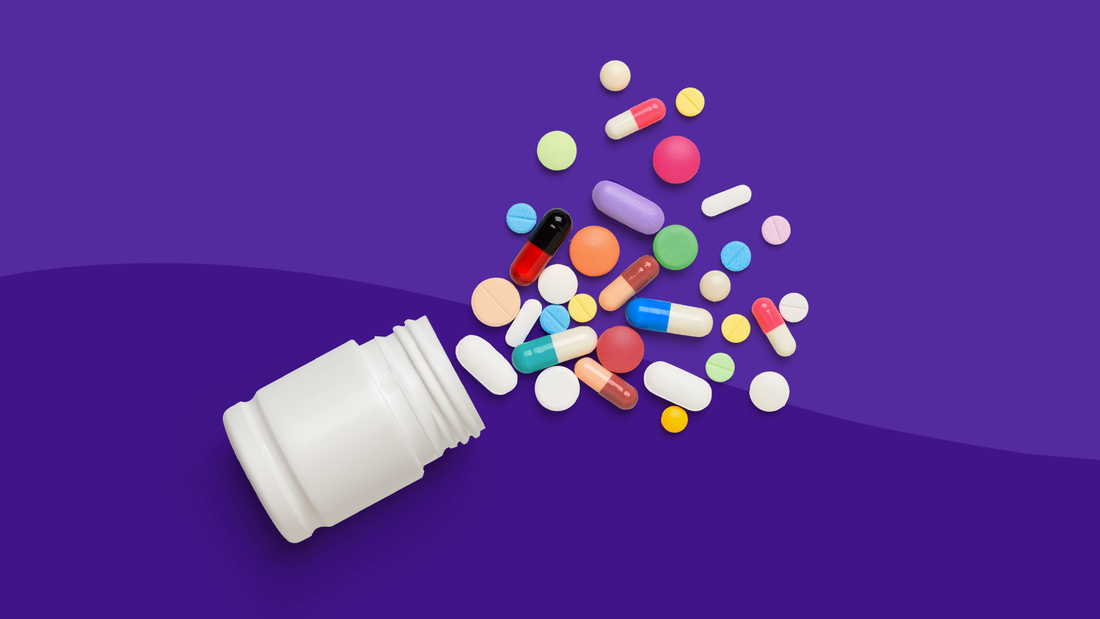
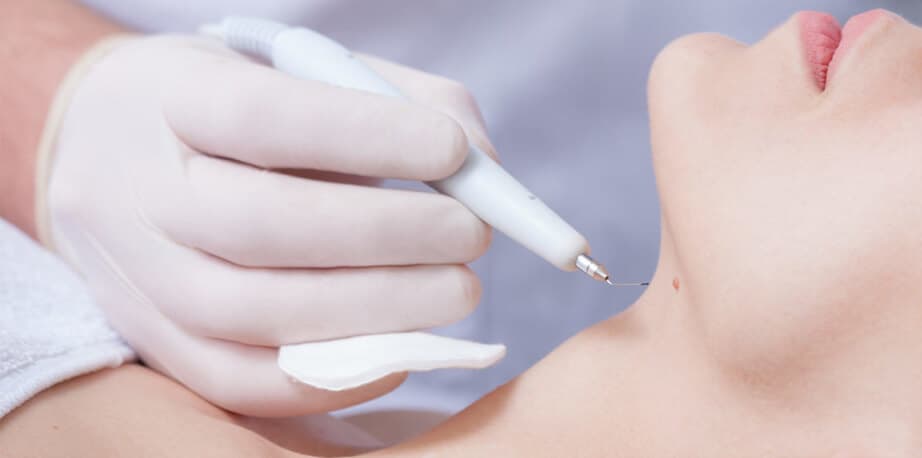
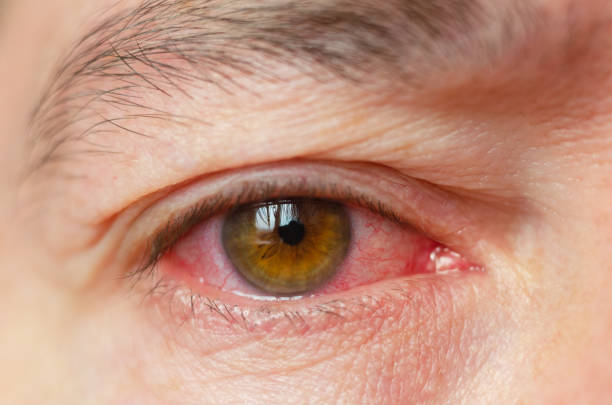
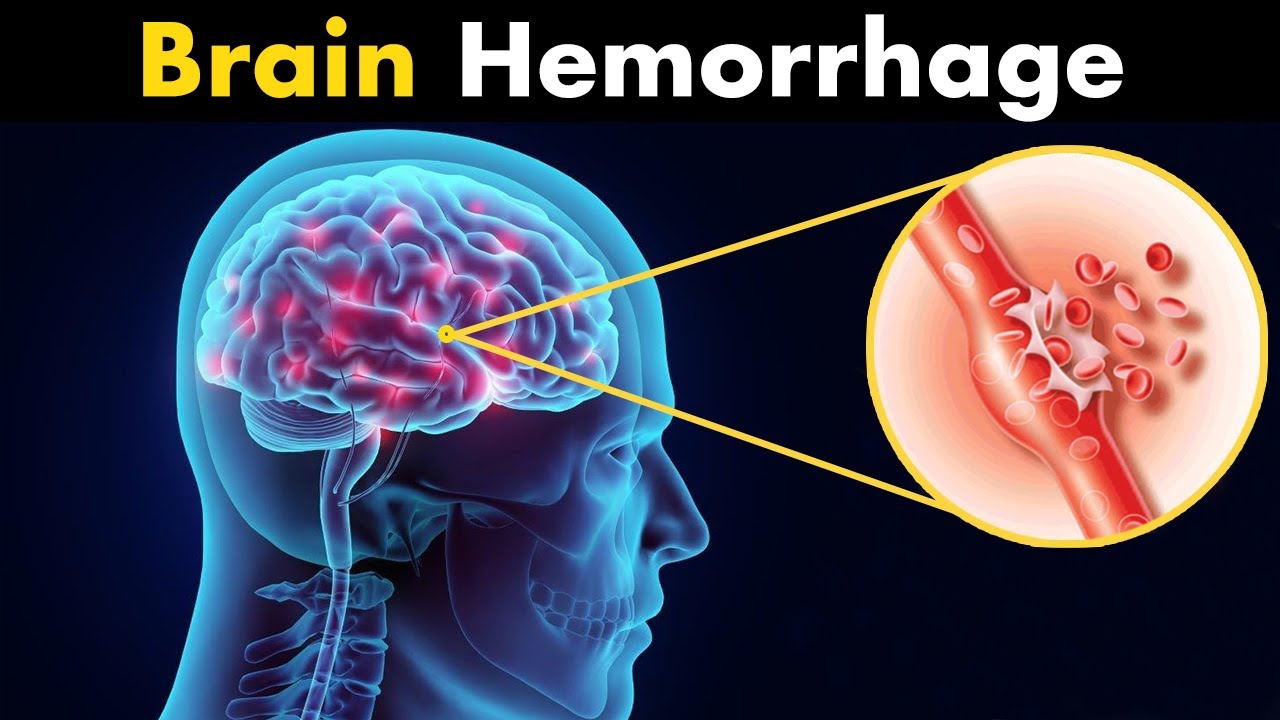
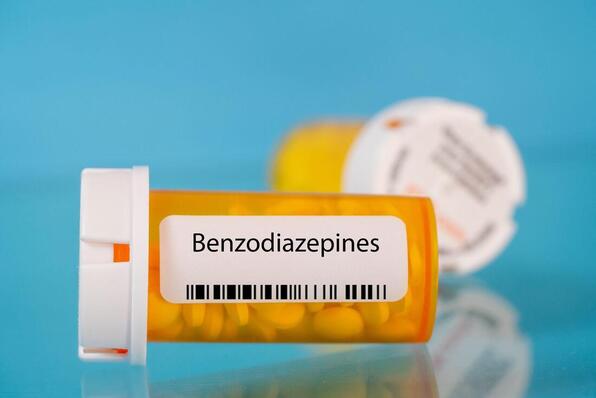


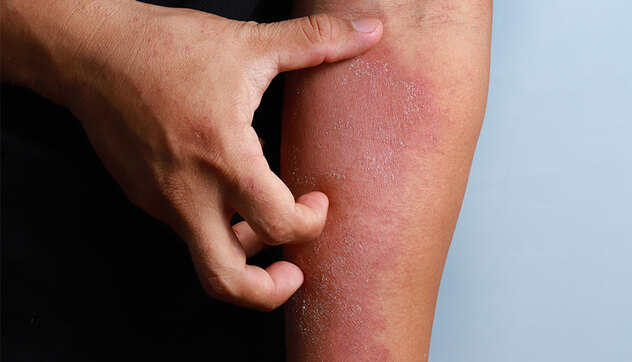
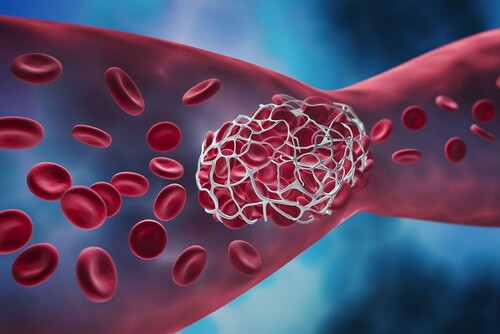

 RSS Feed
RSS Feed
